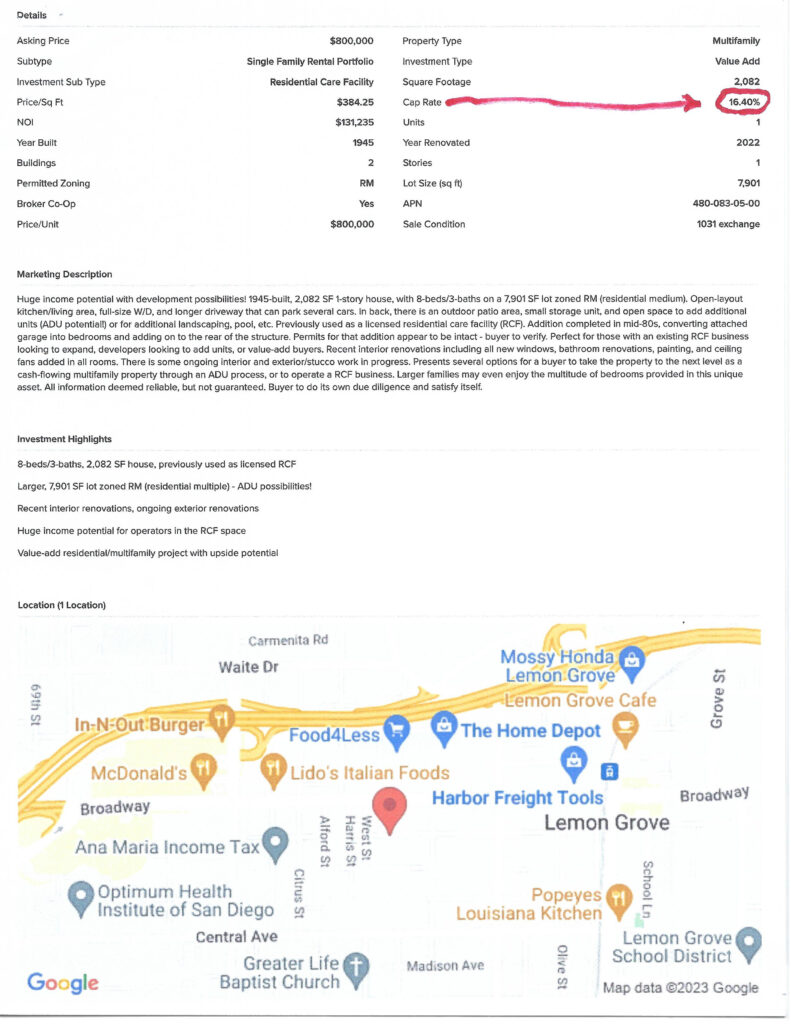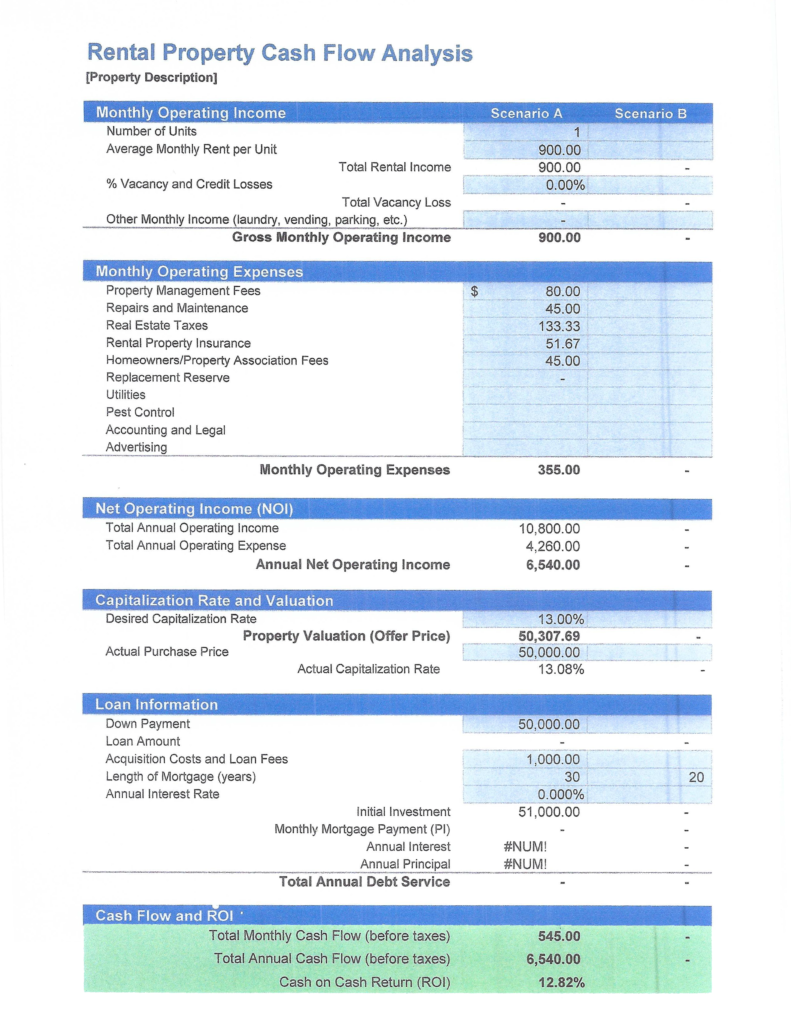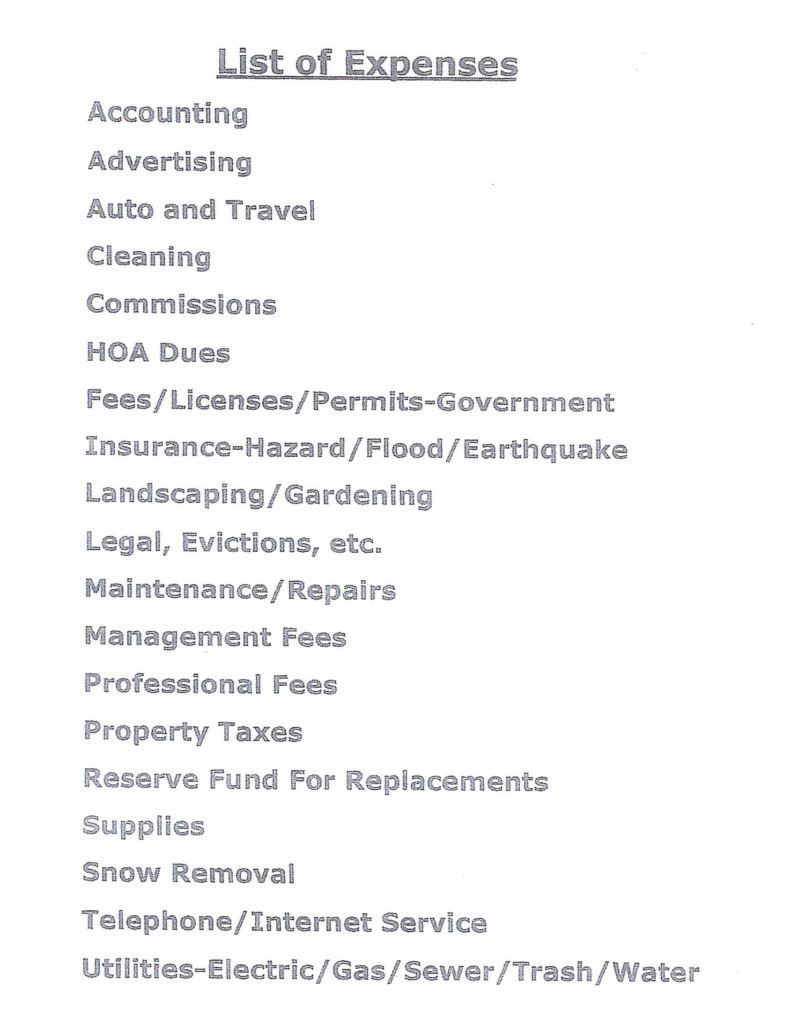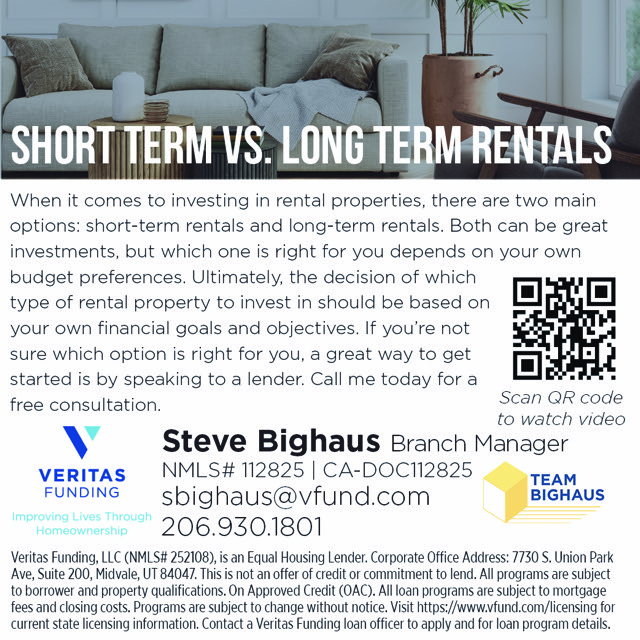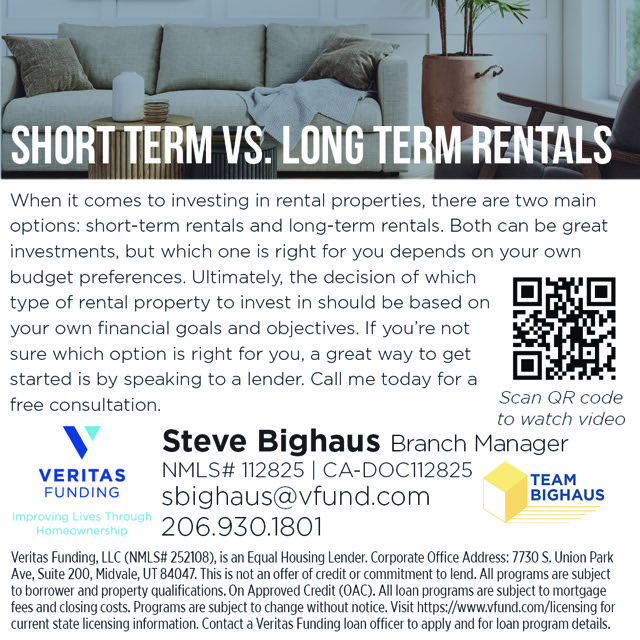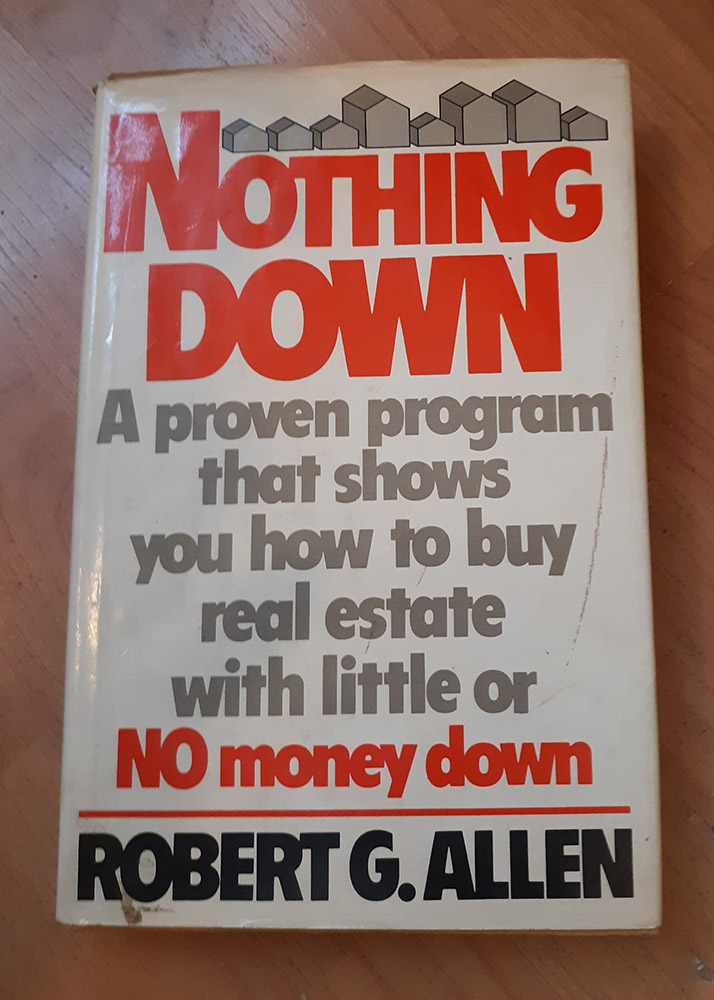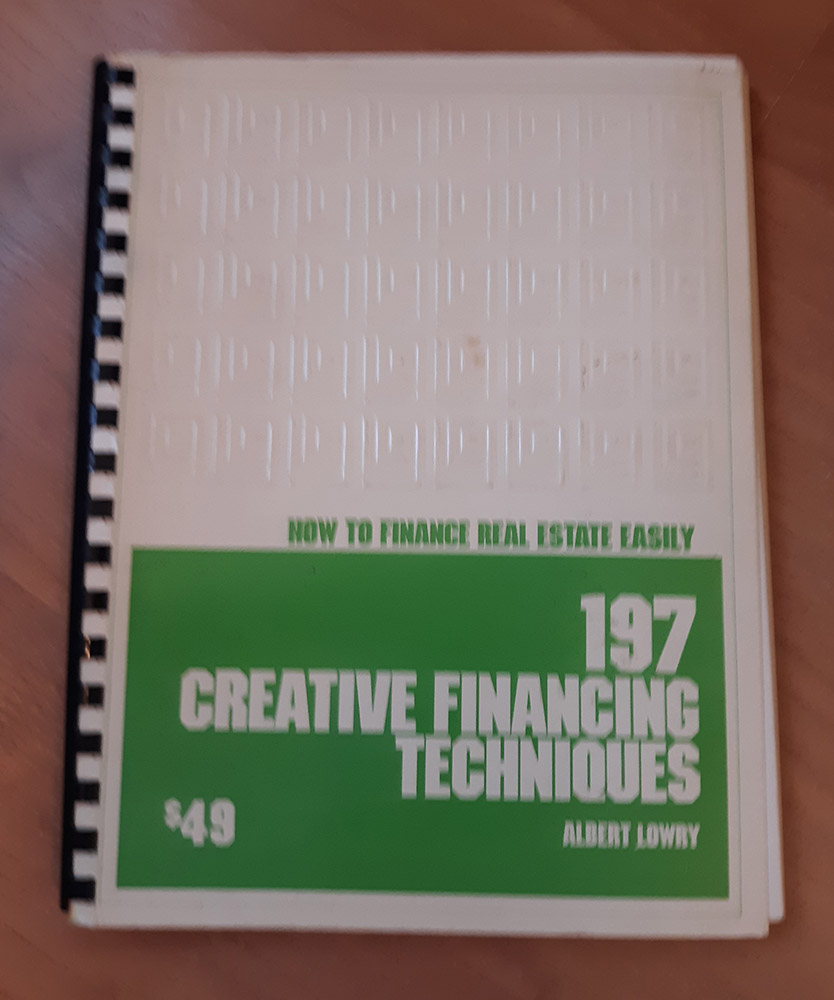
“The value of experience is not in seeing much, but in seeing wisely.”
—William Osler
By Bruce Kellogg
Why Should You Care About Learning From a Lifetime of Real Estate Wisdom?
Lessons can be learned from experience but it is far better and cheaper to learn from the experiences of others.
The price of tuition making avoidable mistakes is high and sometimes career ending.
Having the right mentor, at the right time, can accelerate your growth and results. The key is finding the right mentor who has the wisdom and experience when you need it and when you are ready. This is why I wrote Real Estate Investing Wisdom.
While one cannot physically mentor the world or beyond one’s lifetime, distilling a lifetime of experience to the most essential, easily searchable, and actionable content can be achieved with the written word in a book that is made available to those searching for such a mentor and information.
article continues after advertisement
How Can My Experiences of Wins and Loses Help You?
I have been a Realtor and investor in California for forty-four years.
Purchased about 350 investment properties over my career mostly with high leverage and tax-deferred strategies.
Making three fortunes and experiencing three real estate downturns since the 1980s.

In service to other investors, have closed 550 properties helping build their portfolios and creating financial independence with maximum tax savings for them.
I have had a passion for mentoring and teaching over my entire career publishing fifty-five articles in various national wealth-building magazines.
My clients and readers have occasionally called me the real estate “wizard.”
For that, I am humbled and grateful for their generous words and friendship and hope this first book Real Estate Investing Wisdom has the same impact on you.
How is Real Estate Investing Wisdom Different From Other Books?
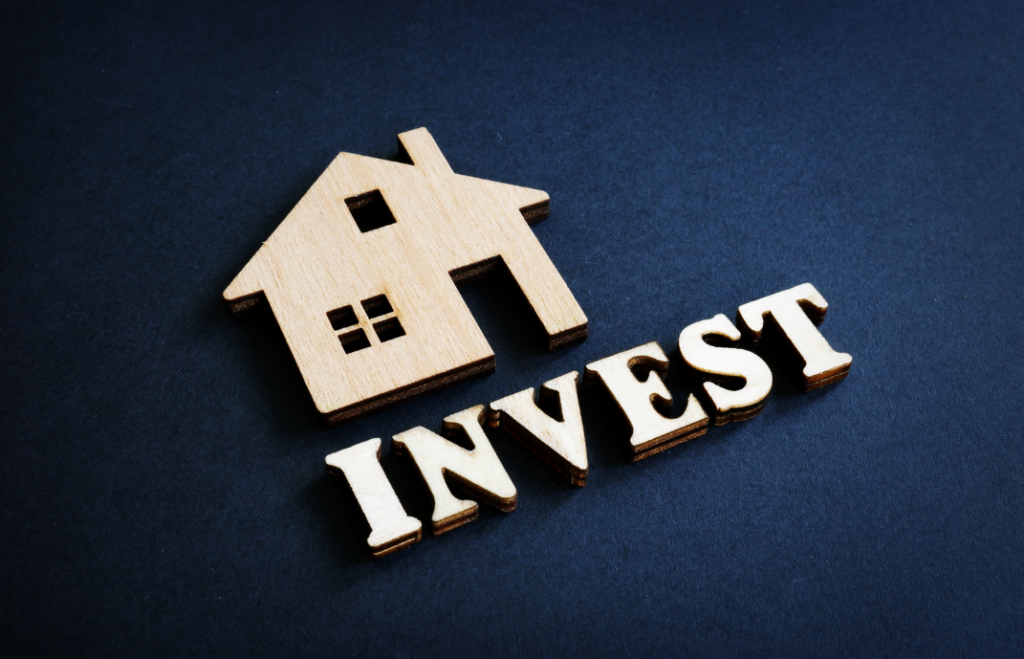
There are five ways this first book is different by providing the most value and eliminating the unnecessary.
1. It is written by a highly experienced real estate agent and investor who has experienced success in various market conditions.
2. The content is intended to be enduring and timeless.
3. The book contains topics for investors of all levels to access when they are ready to help them grow in experience, results, and wealth helping avoid costly mistakes.
4. Detailed appendices are made viable to extend the wisdom with references to other trusted authors and more detailed and specific information.
5. Finally, much is taught and nothing is being sold beyond the value and wisdom contained within the book.
Providing the essential without the fluff.
What Can You Expect In The Pages of Book?

The book is intended to be a field manual as you advance through your real estate investing career and ready when you need it. Providing you the wisdom and guidance from a lifetime of experience.
The book starts out with an introduction about why this book and why now.
From there, it moves into developing your real estate skills from sourcing deals, to real estate calculations, and negations.
It then details 24 ways to acquire real estate and forms of seller financing.
Advanced acquisition methods are discussed from partnering, buying private notes, and using personal property and services.
Best practices for operating your investment business are detailed from hiring property managers, dealing with negative cashflow, and how to deal with “balloon” payments.
Also, how to prepare for the tough times that inevitably come in your career with topics on foreclosure, deed-in-lieu of foreclosure, and bankruptcy protection.
Advanced due diligence is discussed for “turnkey” investments and syndications.
Further, no book would be complete without sharing lessons to be avoided from all types of investing from flipping, to syndications, to fake gurus.
Finally, detailed appendices on buyer prospecting sources, seller prospecting sources, and extended resources of other trusted publications are shared to extend the learning.
article continues after advertisement
What is My Hope and Desire For You Writing this Book?
This book will be a trusted resource helping you avoid costly mistakes, learning from my experience, and accelerating your growth and results.
It is far better and cheaper to learn from the experiences of others.
I have been a Realtor and investor in California for forty-four years.
Personally purchased about 350 investment properties, have closed 550 properties helping investors build their portfolios, and have a passion for mentoring and teaching.
The book is intended to be a battle tested field guide and ready when you need it.
You can order a copy at https://readerhouse.com/product/real-estate-investing-wisdom/.

Bruce Kellogg
Bruce Kellogg has been a REALTOR® and investor in California for 44 years. He purchased about 350 investment properties for himself, mostly with high leverage and tax-deferred exchanges. In the process, he made three fortunes, and experienced three real estate downturns since 1980. He has transacted about 550 properties for clients, creating fortunes for several. His first book, Real Estate Investing Wisdom, is in publication, and he can be reached at [email protected] or (408) 489-0131.
Learn live and in real-time with Realty411. Be sure to register for our next virtual and in-person events. For all the details, please visit Realty411.com or our Eventbrite landing page, CLICK HERE.






